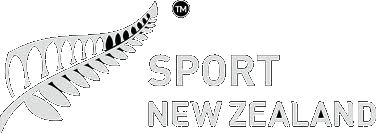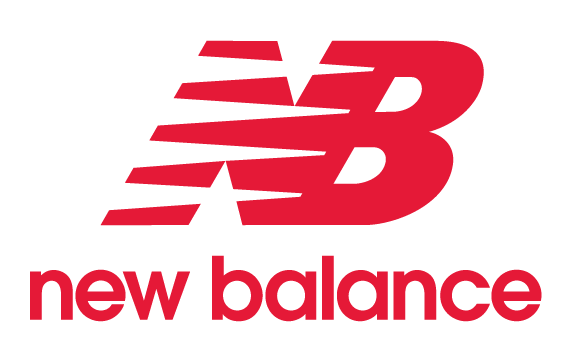Repairing squash court walls
18 May 2017There are several playing surfaces: wood, rubber panel, concrete, plaster and glass. In New Zealand, most courts date back to around the 1970's and during this period courts were predominantly built using concrete and plaster. Since then, alternative court construction using new technologies have become more popular - such as prefabricated panel systems. Glass technology has also advanced and is now being used more and more in court wall construction.
Plaster
Over time most plaster walls suffer from building movement and the constant pounding of balls and rackets. When a squash ball hits a plastered wall at high speed a mini-vacuum is generated and causes small parts of the plaster to be sucked from the wall. This decay in plaster means holes, cracks, gaps and chipping start to appear and need to be repaired as fast as possible. Small damage can be handled when treated in time but if the areas are already too large it is more difficult to carry out such a repair. If you have an existing court, re-plastering the walls every year or so is almost always the cheapest and easiest option to repair your court walls.
Panel
A more expensive option, most panel systems come with a 10-year warranty and are designed to withstand the wear and tear of squash court play. Some panels are subject to moving or bending out of shape if the joints holding them together are not regularly checked and maintained. Although the transport and installation of such materials requires heavy machinery (which can involve significant costs), there is less maintenance time and ongoing costs required compared with plaster courts.
Glass
Even more expensive, glass courts not only benefit the players and the spectators, but they also add an aesthetically pleasing look to a squash facility. Tempered glass is specially made to withstand the rigours of squash forever and is generally not subject to damage through humidity or other external factors. However, if it does break, the glass has been designed to crumble into small safe granular chunks instead of splintering into jagged shards. On the upside, cleaning and maintenance is even easier than the panel systems – saving significant time and money in the long run.
Conclusion
While cement, plaster and panel courts can have a lower purchase price, their playing surfaces are quickly compromised due to plaster having to be consistently patched or panels with unfinished joints warping out of shape. Glass has become the gold standard for back walls on the court which has massively increased the visibility of the sport. However, glass is costlier (up front) than the other two materials. Regardless of materials used, squash court maintenance needs to be regularly carried out to keep playing surfaces clean and reflective to promote good play and encourage more people to love it.
For more information on facility developments click here
<< Back










